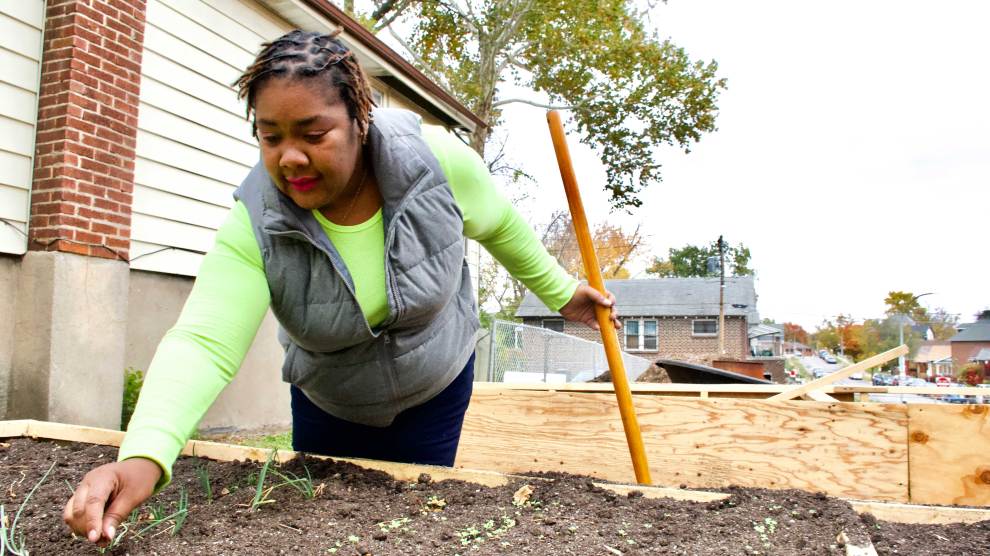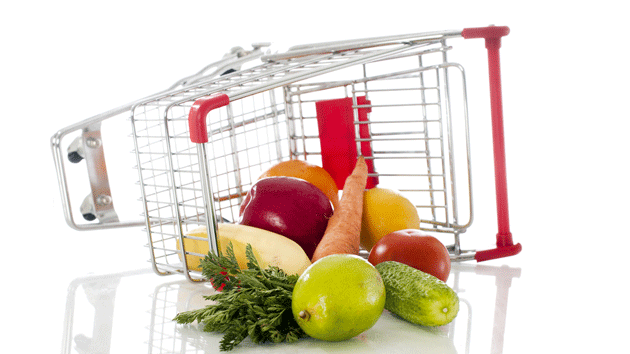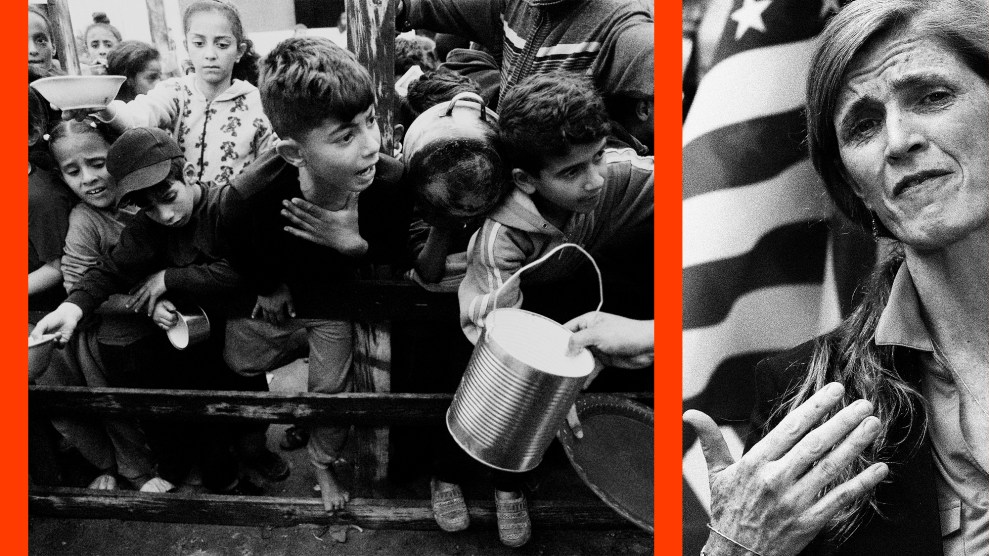
Andrey Popov/Getty
On December 11, a TikTok user named @dumpsterdivingfreegan uploaded a video showing a bounty of packaged and unopened food products that the account claimed came straight from a Whole Foods dumpster. “Dumpster diving at Whole Foods is nothing like I’ve ever seen before,” exclaimed the voiceover as the video panned to tables loaded with dozens of packages of meat, produce, dairy products, and even an entire frozen turkey, all allegedly pulled from the garbage. None of the food, the video claimed, had yet gone past its sell-by date.
So in the middle of the night I got lost in this girl’s tik tok who dumpster dives at Whole Foods. She finds so much perfectly good food that didn’t even expire yet. pic.twitter.com/h7nWIT7gjE
— Muted. Argue with yourself. (@___inCANdescent) December 12, 2021
The post quickly went viral. @dumpsterdivingfreegan didn’t respond to requests for comment, and a Whole Foods spokesperson said the company couldn’t confirm the veracity of the video. “Food can be discarded for any number of reasons outside of an expired ‘best by’ date,” the spokesperson added, “and just because the printed best-by date has not passed does not necessarily mean that food is safe to consume.” Regardless, the video racked up 4.7 million views on TikTok and 6.6 million more on Twitter, becoming the latest talking point in the decades-old conversation around food waste in the United States.
But first things first: What actually constitutes food waste? According to the United Nations Environmental Programme, food waste is defined as any food or drink meant for human consumption and “removed from the human food supply chain”—meaning any food that ends up in a landfill, controlled combustion, sewer, or compost.
In its 2021 Food Waste Index Report, UNEP reported that the United States ranked higher than any other country in terms of food waste from food services, at a little more than 141 pounds per person. They also reported that each year, an estimated one-third of all food produced gets thrown away. That’s around 1.3 billion tons of food that ends up rotting or spoiling—an amount worth approximately $1 trillion. And according to the Environmental Protection Agency, food waste constitutes 24 percent of municipal solid waste and is a big reason why landfills are the nation’s third-largest source of human-related methane emissions.
At the same time that all of this food is being wasted, there are still millions of households struggling with food insecurity across the country. According to the United States Department of Agriculture, 38.3 million people, including 6.1 million children, lived in food insecure households in 2020. There are several things that cause food insecurity, including but not limited to poverty and lack of affordable housing or health care. Hunger is often higher in Black, Latinx, and Native American communities, in part due to systemic racial injustice; a 2020 study in the Journal of Racial and Ethnic Health Disparities notes that “the concentration of social and economic disadvantage among racial/ethnic minorities is a significant predictor of their higher rates of food insecurity.”
This food waste paradox is exacerbated during the holidays. As many families cook and eat feasts that produce tons of leftovers, food waste numbers surge. Between Thanksgiving and Christmas in the United States, food waste increases by 1 million extra tons, or 25 percent. And while they make up the largest producers of food waste, individual households aren’t the only perpetrators: Restaurants, grocery stores, and retailers are all guilty, as well. In fact, together they create up to 40 percent of all of America’s food waste, almost as much as the household total of 43 percent.
“The reality as a regional grocery manager is, if you see a store that has really low waste in its perishables, you are worried. If a store has low waste numbers, it can be a sign that they aren’t fully in stock and that the customer experience is suffering,” wrote Doug Rauch, a former president of Trader Joe’s, in a 2011 study.
These industry attitudes, however, have begun to shift. Recently, several grocery stores, including Whole Foods, have taken a pledge to cut down their food waste in half by the year 2030.
But what about consumers? If you’re not the head of a huge agricultural corporation or grocery store chain, what can you do to to help shrink this problem? According to advocates, a few simple things can make a difference. For starters, the Environmental Protection Agency recommends donating to your local food bank, instead of letting the food expire.
Another suggestion is knowing the difference among the different expiration labels on your groceries. According to Recycle Tracking Systems, an environmentally focused waste management company, this can prevent households from throwing out food before it’s unsafe to eat. For example, a product’s “best if used by” date means it may not taste or perform as expected, but it’s still safe to eat by that date. But a “used by date” means that if you don’t consume the food by that date, it’s expired and unsafe to eat.
And if your food does go bad, the NRDC recommends giving composting a try. The process is basically making your own fertilizer out leftover organic waste, like food scraps or leaves. It also has plenty of environmental benefits, including improving soil health, reducing greenhouse gas emissions, and recycling nutrients.
Even those relatively simple steps can help lower your own personal amount of food waste this holiday season—and keep countless pounds of food out of landfills in the coming months and years.












